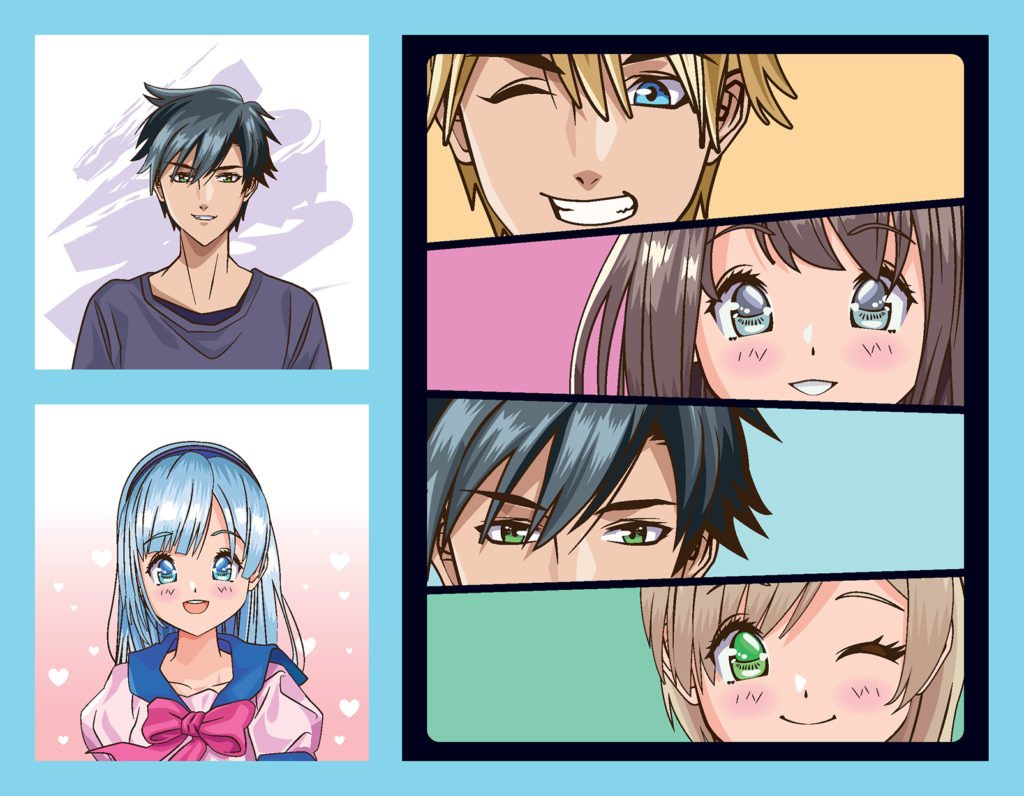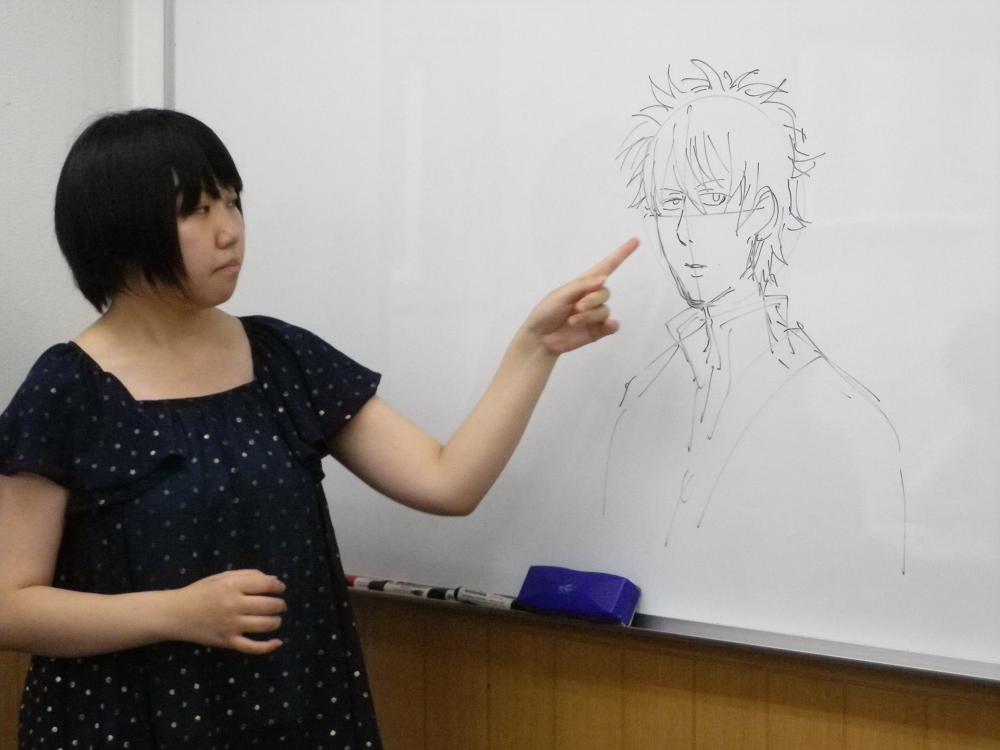
KCP Students Learn to Draw Manga
KCP often brings professionals in for short lectures or seminars. Most lectures are open to all students at KCP, though some are for more advanced students of Japanese. Recently, KCP invited a lecturer from Tokyo Animation College to teach students how to draw a popular Gintama manga character from the Jump Comics.
Lecturer teaches the basics of drawing a manga character | KCP at Flickr
US summer short-term students Jennifer and Victoria applied for this special class. Here, everyone quickly gets the hang of drawing Gintama and proudly shows off their work. |KCP at Flickr
The drawing lesson was a co-curricular activity that was held only once (not every week like other lectures.) However, KCP plans to have another manga drawing seminar in the future.
More about Manga
Manga 漫画 (“comics”) are print cartoons and comics created by Japanese authors in their own distinctive style. The art of manga can be traced back to the late 18th century, when Santo Kyoden’s picture book, “Shiji no yukikai,” was published in 1798. It has only increased in popularity since its inception, and is currently enjoyed by people of all ages in Japan and other parts of the world.
Manga covers a wide range of genres including action, science fiction, fantasy, horror, romance, and mystery.
The publishing industry in Japan has considered manga a major part of their business since the 1950s. Manga comic books are always serialized, with ongoing stories that are continued in succeeding issues.
Manga faces.
Influences of Modern Manga
Views vary on how modern manga came about. Some people believe that the aftermath of WWII had a large part in inspiring the modern manga style. Some trace the influence of the U.S. occupation of Japan, 1945–1952, when American soldiers introduced American films, Disney cartoons, and comic books to Japan. As Japan started to rebuild its economy and government, it encouraged artistic creativity as well. This fueled the works of many manga artists such as Machiko Hasegawa and Osamu Tezuka, who created Astro Boy.
On the other hand, others believe that Japanese art, culture, history, and aesthetics prior to WWII still play a major role in shaping modern manga.
Translation to Western Culture
The traditional way to read Japanese manga is from top to bottom and from the right side of the page to the left. Although there have been many reprints of the manga works in the standard Western format of flowing left to right (known as “flipping”), many manga purists want to preserve the authenticity of manga.
Famous Manga
The illustrative style of manga characters is distinct. Characters are usually drawn with small mouths, large eyes, and unruly hair. Popular manga works are Sailor Moon, Naruto, Hellsing, Full Metal Alchemist, and Gintama (also called “Gin Tama.)



